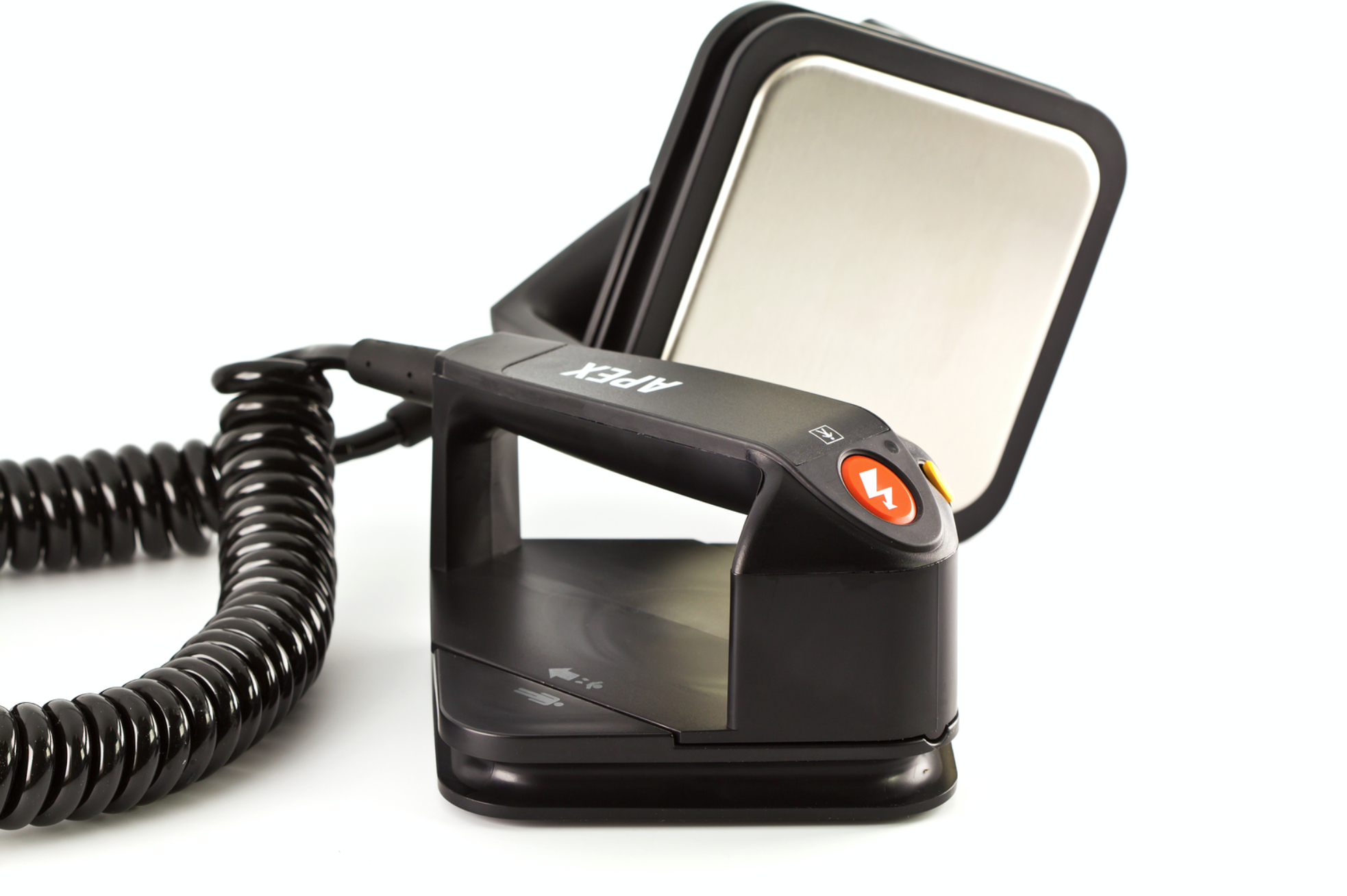More seniors are choosing to age in place, or live at home instead of an assisted living facility or nursing home. The age-in-place trend has boosted demand for durable medical equipment (DME), which is now a $100 billion market. Of that $100 billion, about 15% comes directly from the consumer’s pocket.
Paying for medical equipment can be a challenge for seniors, who typically live on fixed incomes. But there are programs and insurance plans that seniors can take advantage of to help cover the cost of DME.
1. Medicare and Insurance
Private health insurance policies and Medicare cover most home medical equipment, but co-pay requirements mean that most policyholders will have to pay something out of pocket.
Also, Medicare may not classify some equipment as medical equipment, even if it’s medically necessary. One example is adult diapers for incontinence. Adult diapers may be essential for seniors with incontinence issues, but Medicare does not classify these products as medical equipment and will not cover the cost.
2. State Programs
States typically have special programs for disabled residents and seniors who are in need of at-home medical equipment.
Each state has its own unique assistance programs, but all states have schemes that help people get the equipment they need. They also have legal programs that ensure the insurance programs pay their part.
3. Medicaid and Waiver Programs
Medicaid will typically cover 100% of the cost of medical equipment, but is only available to individuals with very limited assets and low income.
A variety of Medicaid and Medicaid Waiver programs are available to help pay for the medical equipment you need.
4. VA Health Care and Insurance
Veterans can take advantage of insurance coverage, grants and assistance programs offered by the Department of Veterans’ Affairs. These programs help veterans obtain necessary medical equipment by paying Medicare’s co-payments or actually supplying the equipment directly.
Veterans have several programs at their disposal, including TRICARE for Life, HISA, CHAMPVA for Life and VD-HCBS.
5. Non-Profit Organizations
There are many non-profit organizations that help seniors pay for their medical supplies and equipment. Some organizations have specific financial requirements, while others cater to certain conditions.
Do your research when going this route to make sure you’re dealing with a reputable organization.
6. Tax Deductions
While a tax deduction won’t pay for your equipment directly, it can help offset the out-of-pocket costs. Medical equipment is tax deductible through the Medical and Dental Expense Tax Credit.
To take advantage of this tax credit, you must be able to prove that the equipment was medically necessary. A Certificate of Medical Necessity or a written prescription can serve as proof that the equipment is necessary.
7. Life Settlements
If you have a life insurance policy, you can sell your policy and receive a life settlement. A life settlement, which usually provides a large lump sum, can be used to pay for your medical equipment.
But a life settlement shouldn’t be your first option. Remember: Once you sell your policy, you will no longer have life insurance coverage.

